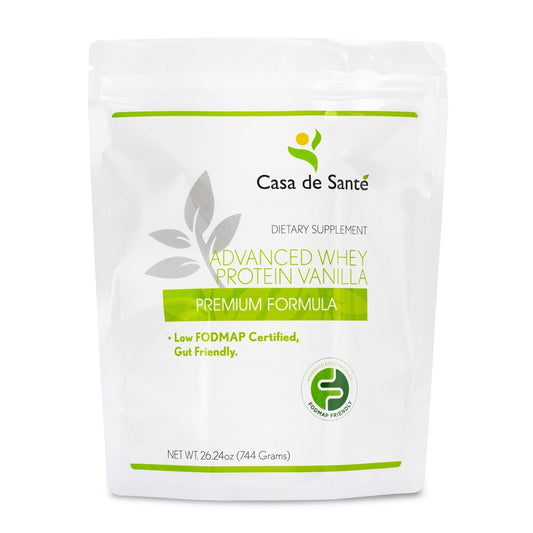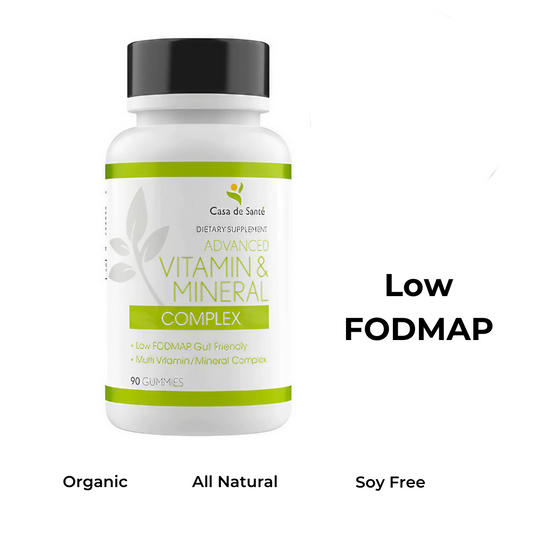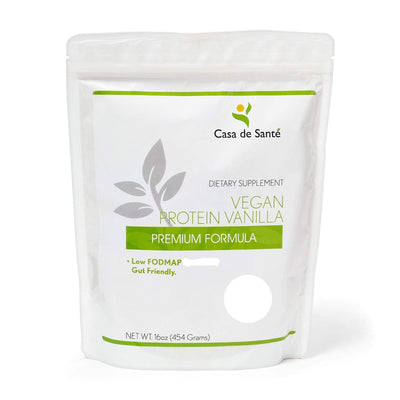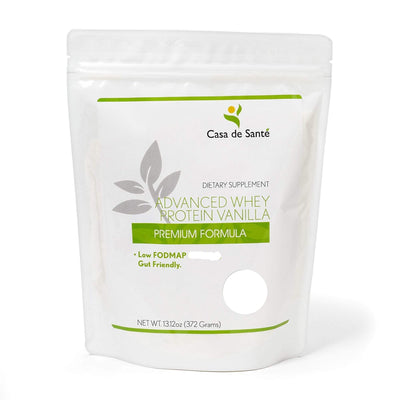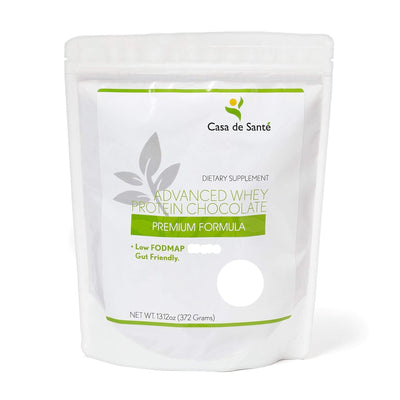Can You Wear Niacinamide in the Sun? Benefits, Safety, and Daytime Skincare Tips
When it comes to skincare, I’m always looking for ways to keep my routine both simple and effective. Niacinamide has become a staple ingredient for its reputation to brighten, soothe, and balance the skin. But as the days get sunnier, I find myself wondering if it’s safe to use niacinamide when I’m heading outside.
With so many ingredients requiring special care around sun exposure, it’s easy to get confused. I want to know if niacinamide holds up under the sun’s rays or if I should be saving it for my nighttime routine. Let’s take a closer look at how this popular ingredient interacts with sunlight and what that means for my daily skincare choices.
Understanding Niacinamide and Its Benefits
Niacinamide, a form of vitamin B3, supports skin by regulating oil production and minimizing enlarged pores. I find that it strengthens the skin barrier by boosting ceramide synthesis, which helps retain hydration even in dry or changing climates.
Anti-inflammatory effects from niacinamide ease redness and calm irritated skin, especially for those sensitive to external stressors like UV exposure or pollution. Clinical analysis published in the Journal of Clinical and Aesthetic Dermatology confirms that niacinamide reduces hyperpigmentation and evens out skin tone after 8-12 weeks of regular use or as observed in controlled trials.
Antioxidant action from this molecule helps fight free radicals, so I observe smoother texture and fewer signs of premature aging, including fine lines and blotchiness. Lightweight, water-based serums containing niacinamide blend easily into daily routines and suit all skin types, including acne-prone or sensitive individuals.
How Sun Exposure Affects Skincare Ingredients
Sun exposure changes the activity and stability of many skincare ingredients, including vitamins, acids, and antioxidants. Some active molecules, like vitamin C (ascorbic acid), alpha hydroxy acids, and retinoids, lose potency or cause irritation when exposed to ultraviolet radiation. I see that, for example, vitamin C oxidizes faster in sunlight, which can lower its antioxidant effect and sometimes trigger mild skin reactions like redness or stinging. Alpha hydroxy acids, like glycolic acid or lactic acid, increase skin’s photosensitivity, making sunburn or pigmentation more likely if sunscreen isn’t used. Retinoids, such as retinol or tretinoin, break down quickly in UV light and often lead to dryness or irritation with daytime use.
Other ingredients, such as ceramides, peptides, and niacinamide, tend to stay stable and non-irritating even with direct sun exposure. Clinical sources, including peer-reviewed dermatology journals, report that niacinamide doesn’t degrade or increase skin photosensitivity under sunlight. Antioxidants like coenzyme Q10 and green tea extract show similar resilience and help neutralize free radicals produced by UV exposure, further protecting skin from visible aging. I always notice that layering these stable ingredients under broad-spectrum sunscreen ensures maximum protection and efficacy throughout daytime routines.
Can You Wear Niacinamide in the Sun?
Niacinamide remains stable and effective when applied before sun exposure. I rely on its photostable profile to maintain bright, even skin during daylight hours.
Stability of Niacinamide in Sunlight
I use niacinamide confidently in the morning because peer-reviewed studies and dermatology guidelines confirm its molecular integrity under UV exposure. Unlike ascorbic acid or retinoids, niacinamide doesn’t break down or lose efficacy when exposed to visible or ultraviolet light. Clinical reviews in publications like the Journal of Clinical and Aesthetic Dermatology show that niacinamide persists on skin throughout the day, supporting protective functions even in direct sunlight.
Potential Skin Reactions and Sensitivities
I rarely see reports of adverse skin reactions caused by niacinamide during daylight use, except for mild cases in individuals with hypersensitive skin. Niacinamide is non-photosensitizing, meaning it doesn’t increase the risk of sunburn, redness, or inflammation due to sunlight. In fact, its anti-inflammatory action helps soothe irritation caused by external factors, including UV rays or aggressors like pollution. Maximum tolerability is evident even when used with daily sunscreen, based on consensus statements from dermatology organizations and multi-center safety studies.
Best Practices for Using Niacinamide During the Day
Daytime routines with niacinamide offer protection and clarity, even when UV levels rise. My approach combines science-backed sequencing and careful formula selection for maximum effectiveness.
Combining Niacinamide with Sunscreen
Pairing niacinamide with sunscreen strengthens skin defense against UV exposure and environmental stressors. Niacinamide remains stable when layered under mineral or chemical sunscreens. Clinical journals, including the Journal of Clinical and Aesthetic Dermatology, confirm no interactions that reduce efficacy when these ingredients are used together in the same regimen.
Sunscreen acts as the final barrier, while niacinamide, applied first, boosts the skin's antioxidant capacity. I use a fragrance-free, broad-spectrum sunscreen with at least SPF 30, since even low UV exposure increases oxidative stress on unprotected skin. Niacinamide supports this defense by reducing inflammatory mediators and maintaining barrier integrity throughout sun exposure.
Recommended Application Steps
Applying niacinamide correctly increases absorption and benefits during daytime routines. I use a gentle cleanser to remove excess oil and environmental debris, then pat my face dry. After cleansing, I apply a light, water-based niacinamide serum, concentrating on the T-zone and areas prone to redness or uneven tone.
While the serum absorbs, I wait 60–90 seconds before using a moisturizer suitable for my skin type. After allowing the moisturizer to settle, I finish with broad-spectrum sunscreen, taking care to reapply every 2 hours during direct exposure. Peer-reviewed dermal studies recommend layering lighter serums before heavier creams and sunscreen to ensure optimal barrier function and ingredient stability during the day.
Common Myths About Niacinamide and Sun Exposure
Many myths circulate about how niacinamide interacts with sunlight, and I see three persistent misconceptions.
- Niacinamide increases sun sensitivity: Niacinamide doesn't cause photosensitivity, according to studies published in the Journal of Clinical and Aesthetic Dermatology and the International Journal of Cosmetic Science. Unlike hydroxy acids or retinol, niacinamide doesn't make skin burn faster in the sun.
- Niacinamide breaks down in sunlight: Scientific reviews confirm the stability of the niacinamide molecule under UV exposure. Clinical data show that its efficacy remains unchanged after daylight application, unlike certain antioxidants or retinoids.
- Niacinamide can't be layered with sunscreen: Dermatology guidelines and peer-reviewed studies support combining niacinamide serums and broad-spectrum sunscreen. Both act synergistically, with niacinamide improving skin barrier strength while sunscreen blocks UV damage.
I rely on molecular stability data and clinical trials to debunk fears that niacinamide use in sunny conditions carries increased risk or reduced effectiveness. Myths persist, but the evidence confirms topical niacinamide performs optimally in daylight routines, when used with SPF.
Key Takeaways
- Niacinamide is safe to use in the sun: Unlike some active ingredients, niacinamide remains photostable and does not degrade or irritate the skin during sun exposure.
- No increased photosensitivity: Niacinamide does not make the skin more sensitive to sunlight or increase the risk of sunburn, making it suitable for daytime application.
- Combines well with sunscreen: Layering niacinamide under broad-spectrum sunscreen enhances skin protection and maintains efficacy without adverse interactions.
- Supports skin barrier and soothes irritation: Niacinamide’s anti-inflammatory and antioxidant properties help calm the skin and defend it against UV-induced stress and environmental aggressors.
- Best application sequence: For optimal benefits, use a gentle cleanser, apply niacinamide serum, follow with a moisturizer, and finish with sunscreen, reapplying SPF every 2 hours when outdoors.
Conclusion
After digging into the facts and clearing up common myths I feel confident using niacinamide as part of my daytime skincare routine. Its stability and non-photosensitizing nature make it a reliable choice even when the sun is out.
Pairing niacinamide with a broad-spectrum sunscreen lets me enjoy its benefits while keeping my skin protected. With this simple combination I know I'm supporting my skin's health and resilience every day.








